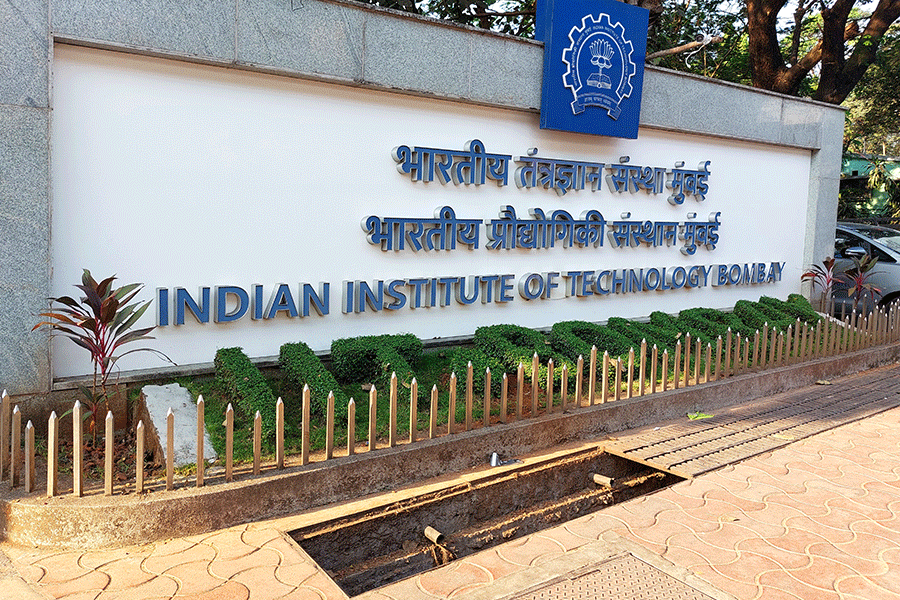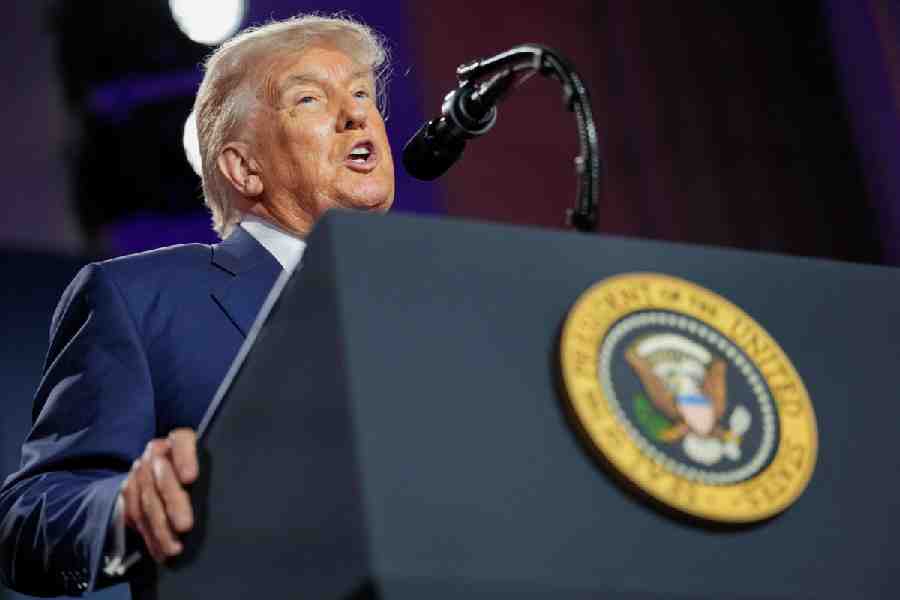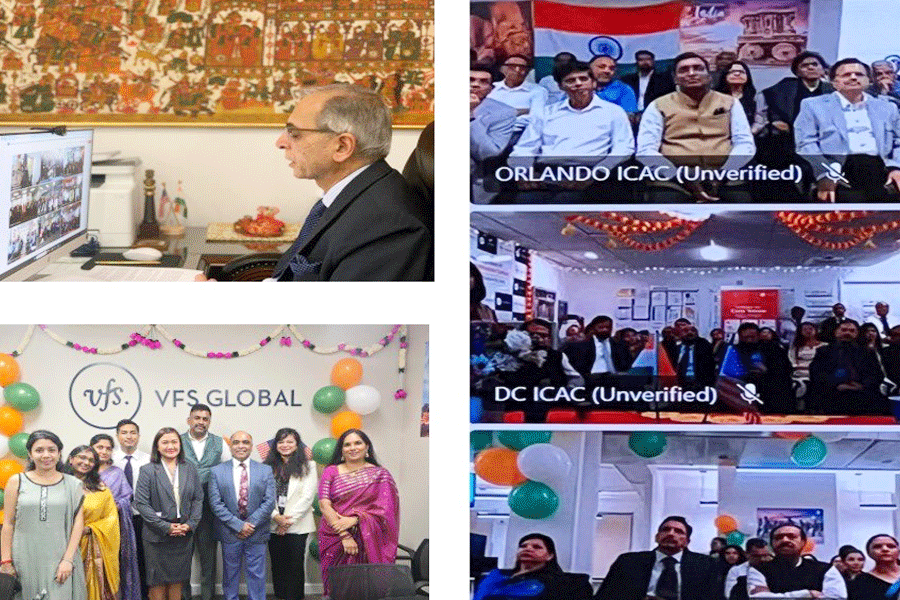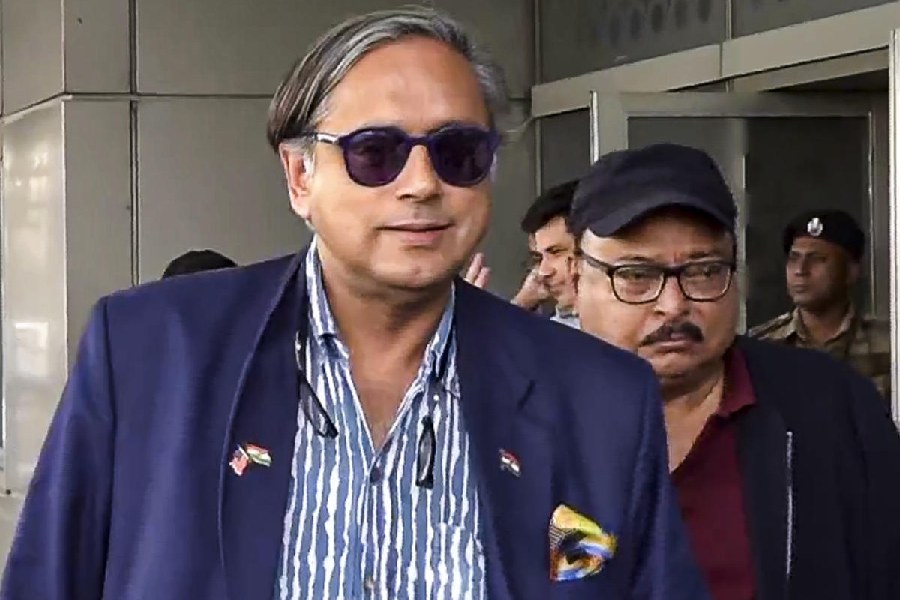He was a no-requirement man,” recalls former President A.P.J. Abdul Kalam’s press secretary. Those who have had the fortune of interacting with Kalam, know exactly what it means.
In fact, even those who have not interacted with him know what it means, for tales of his simple lifestyle are by now known to every Indian.
It’s not for nothing that the eyes of children all over the country light up at the mention of Kalam. He knew how to win them over. As he did when he visited Jharkhand in October 2001 after its creation.
Kalam was then the defence advisor to the Prime Minister, and during his brief visit to Ranchi, had presented his vision on the development of the nation, popularly known as Vision 2020.
From there, he had proceeded to Bokaro to take a look at the plantation of aromatic and medicinal plants started in the Chandankiyari block of the district.
Kalam’s chopper was forced to “crashland” in Bokaro due to a technical snag, but he was determined to go ahead with his journey, despite strong objections by the intelligence department.
In the evening Kalam addressed the children at a local school and next morning he proceeded to Chandankiyari by road, amid heavy downpour. The Central Fuel Research Institute, which was never known for its expertise in plantation work, had taken up the challenge spread over 50 acres of barren lands which never produced anything.
“State’s former science technology minister Samresh Singh played the key role in bringing former President A.P.J. Abdul Kalam to Chandankiyari. One fine evening we received a fax from Delhi which said that Kalam will be coming after two days. How Singh succeeded in persuading Kalam to come to Chandankiyari in such short notice is rather intriguing,” recalled a scientist, who was associated with the project.
Kalam had also made a brief halt in the fire ravaged areas of Jharia. He was amazed to see greenery at places where fire had been raging underneath for the past several decades.
He argued that instead of running away from this menace, people should work towards finding a scientific solution to it. By the time he reached Chandankiyari, he was completely drenched.
The villages of Mohanpur, Rugragarha and Barmasia, where the plantation work was done, did not have proper approach roads. Kalam happily trudged through the muddy fields with an umbrella.
His humility was the biggest source of inspiration. He always tried to learn more instead of teaching others. He never lost his cool and treated everyone equally,” recalled senior scientist Ashok Kumar Singh.
After becoming the President, Kalam readily agreed to supervise a team of experts who were to work out effective ways and means to put out the mine fire without causing much disturbance to the township.
Kalam again visited Jharkhand in February 2004. During his two-day stay in the state he attended a series of functions in Ranchi, Jamshedpur and Saraikela-Kharsawan districts.
He presided over the Ranchi University convocation and addressed the legislators at Raj Bhavan.
He also met school children at Raj Bhavan, interacting with them and inviting them to visit his website to be with him, anytime.
He will always be there.










